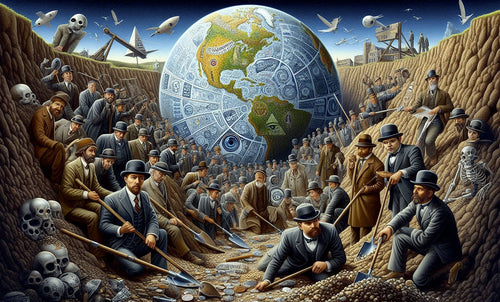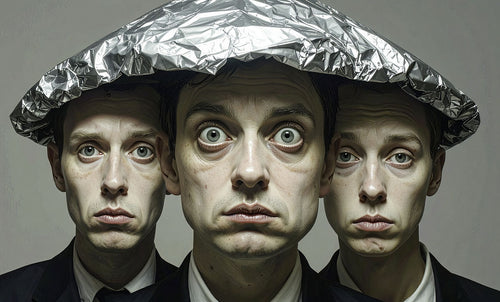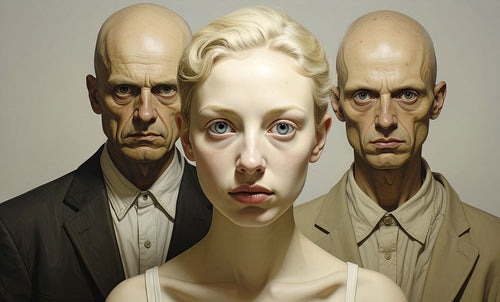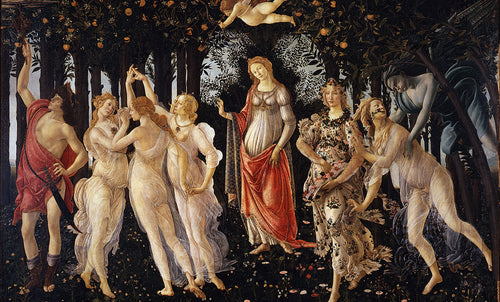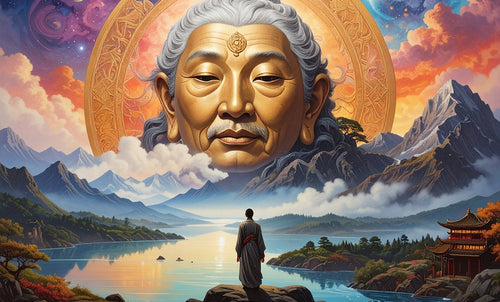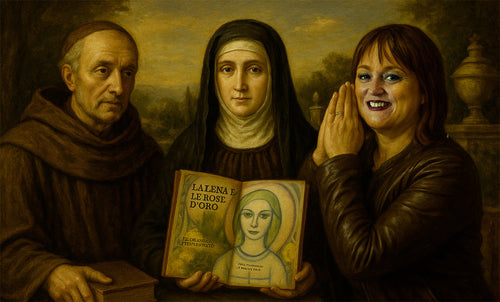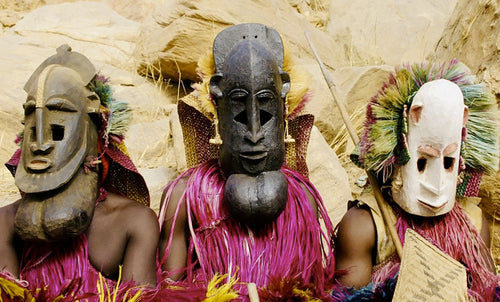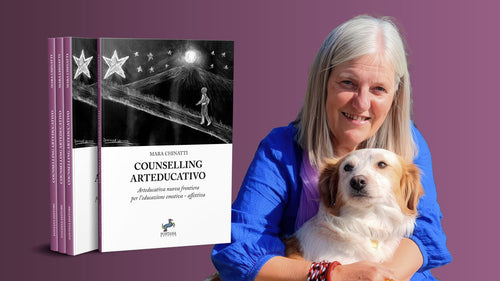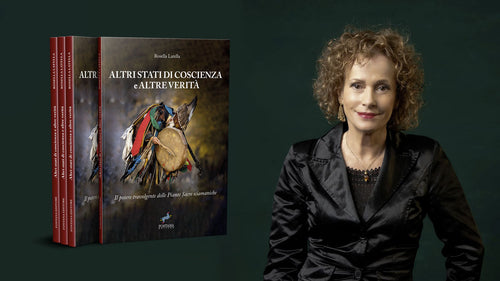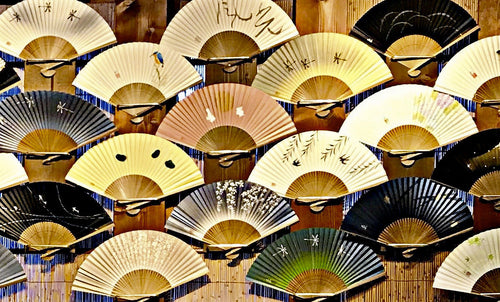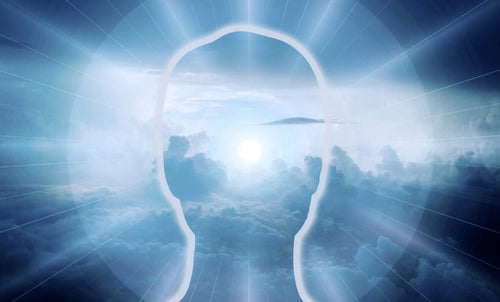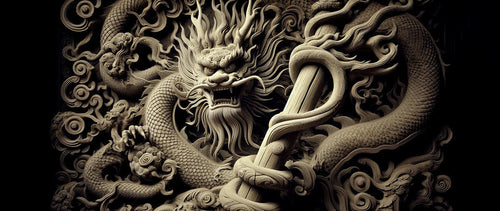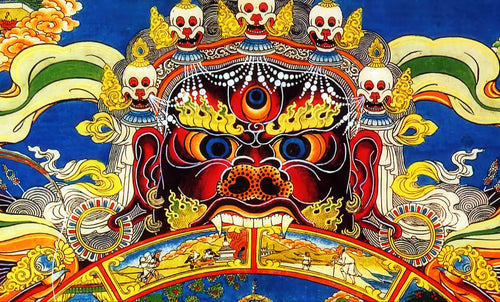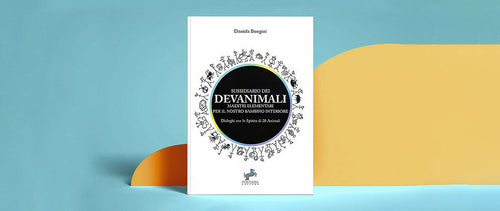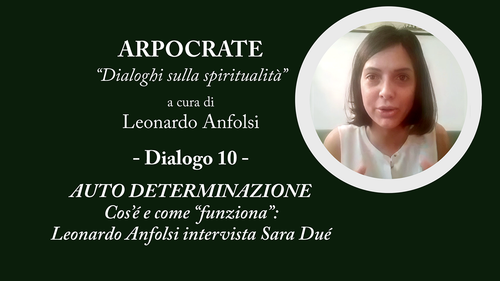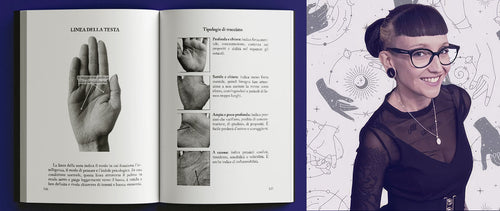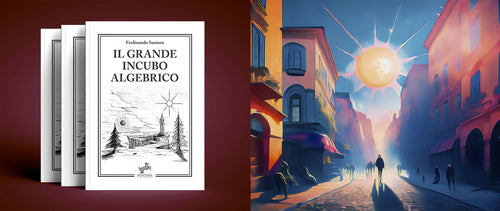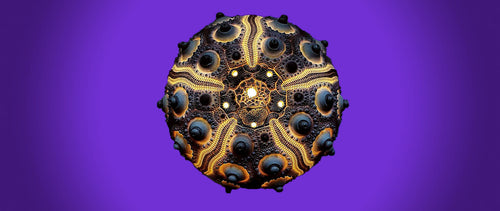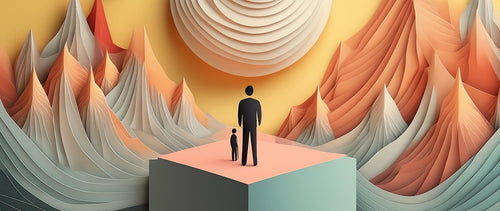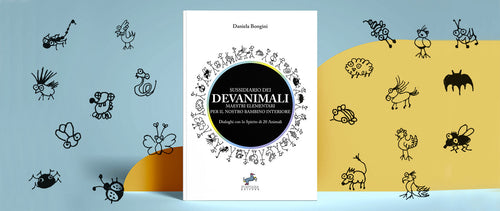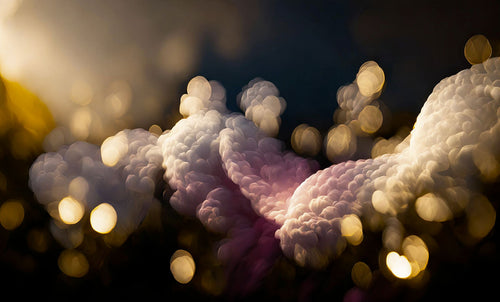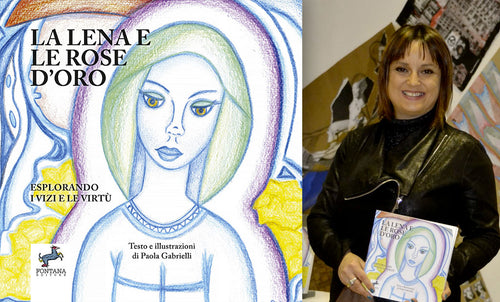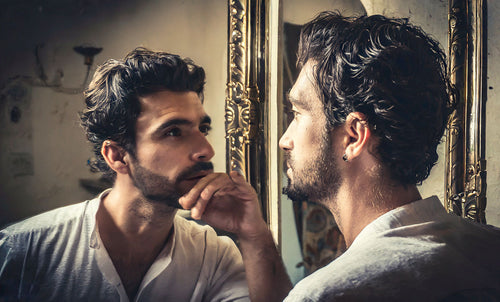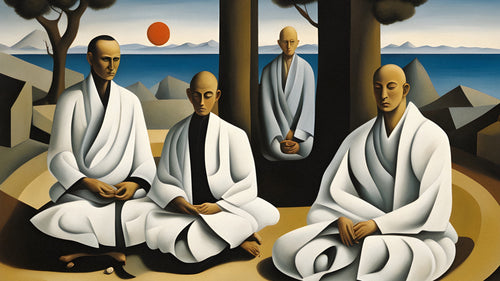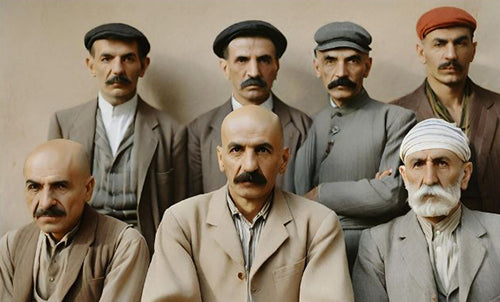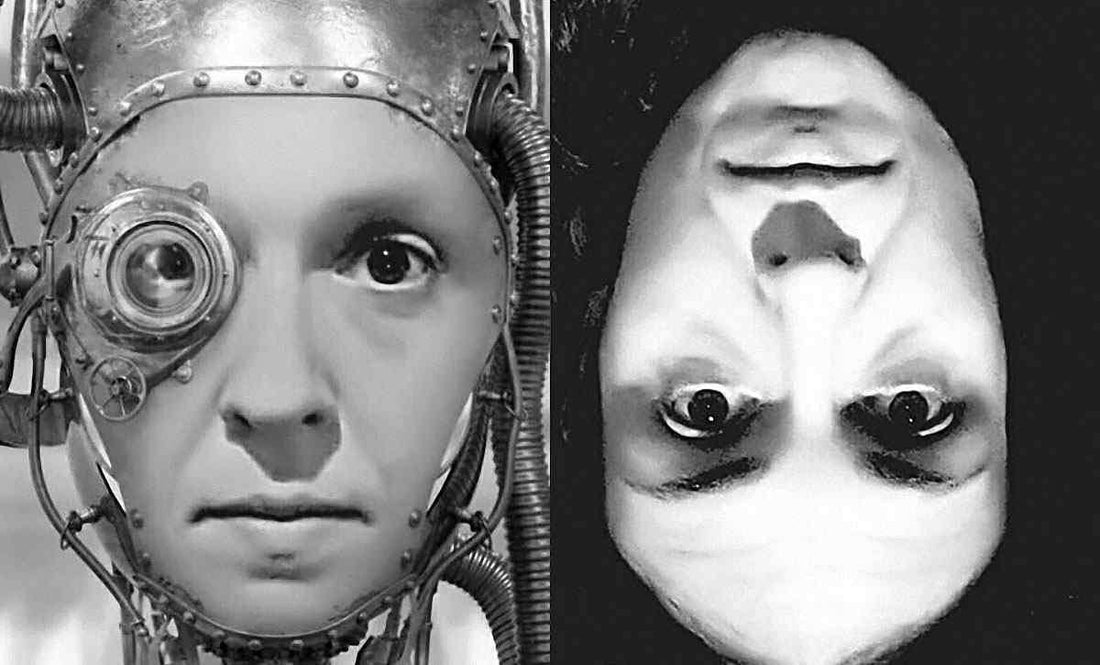
Sacred Art, Power and Emanation of the Sacred
Paola Marchi
Writing about the Sacred is always challenging because it enters a thorny territory, where the ego does not find fertile ground. In fact, everything that concerns the Sacred, when it is true, presents a powerful destructive and transformative charge, difficult to manage. Sacred art , in all its manifestations, does not escape this characteristic.
The term Sacred taken alone is in fact a term that opens up to numerous interpretations.
Mystical experience in this area is essential to be able to escape from the mental terrain of definitions. In fact, experiencing means living an experience, feeling it with your body, not just thinking about it. It is now well known that Western man has developed mental skills to the detriment of all others. We are therefore faced with an unbalanced reality, in which we reason a lot and achieve little. Why? Because if reasoning lacks the energy that comes from strongly feeling the reality of the things that are said, it becomes an empty word or, as it is defined elsewhere, a dead word, good for filling uncritical containers, good for printing books destined to be soon forgotten, because they are useless.
From what has been said, it can therefore be easily deduced that, if the lifeblood is missing, everything loses meaning and sooner or later we arrive at having to acknowledge the dramatic reality of this statement.
We live in finis terrae times. It is now clear to everyone that the system we believed in is collapsing under the weight of the consequences of actions perpetrated over the years and that are now asking for a reckoning. A heavy reckoning, made of death, failures, desolation. Those who perceive the gravity of this situation are fighting a losing battle, fighting as long as their strength allows them to sooner or later have to admit that there is nothing left to do, that everything is lost. At this point the choice opens up between succumbing to desperation or drawing strength from it to try another path. Optimism alone is not enough, you have to be crazy enough to make the effort to believe that a way out is possible. It is in this area that the Sacred finds its reason for being. Not as blind faith in something that is unknown but that we hope exists, but rather as an opening to a new reality that necessarily passes through first-hand experience. It is only through direct experience that one can have the strength to support the possibility of real change. The times of great proclamations are over, today more than ever everyone is asked to retreat into their own interiority and look for the key, look for it inside. But how?
It is at this point that Art can truly assume a social and transformative function. Art as a product of an experience. The artist, it has already been said many times, is a channel. Contents that materialize in a work flow through him. The contents that come out of the artist's hand are influenced by the experience he lives first hand. Making Art requires seriousness, commitment, effort and a constant tension to go beyond to deliver to the public a work that transmits something that is useful for the public primarily. Art therefore becomes a form of service. The Artist who feels this call cannot escape. If he does so, he delivers himself to death through self-referentiality. Leaving the sphere of oneself to deliver oneself to others means completely stripping oneself of every egoistic desire, it means dropping even the last veil and putting oneself in the hands of something greater. This step can only be taken following direct, continuous and increasingly strong experiences that give the monolithic and indisputable certainty of the existence of other realities beyond the one we perceive, realities to which we are called to access as living beings.

The Sacred is essentially a dimension of existence, a dimension to which each person can access through the channel that best harmonizes with his or her existential situation. It is wrong to believe that the Sacred belongs only to the religious sphere. This is one of its manifestations, the one now generally recognized, but it is also the one most responsible for man's estrangement from it.
We must return the Sacred to the reality in which we move, recognize its pantheistic dimension, recognize it everywhere, in every manifestation of existence and, first of all, recognize it within ourselves. The Sacred is in fact a door that opens, an interior door, that we have all experienced at least once in our lives, but that we have not recognized, thus losing the precious opportunity to enter into a different perception of reality, which does not involve any change other than our way of perceiving things. The Sacred presupposes openness, presupposes the will to rejoice, the will to feel good, presupposes an effort that may seem impossible, but which is not impossible.
In life everything has a price, the price of the Sacred is life.
Sacred Art necessarily arises from an experience defined as mystical. The Artist experiments with various realities, from the darkest to the brightest and then transfers them into the works that he gives to the public. In this the artist is a kind of madman, he lives his own life, made of solitude and misunderstandings, this is the price he pays and the test he cannot escape. The dimension of the Sacred is the protection necessary to probe all the dimensions of existence, exclusively interior dimensions that require nothing but a profound ability to look inside oneself with honesty and ruthlessness. Descending into one's own hell to light a light there, climbing back up to reach the highest peaks of feeling and testifying this experience through a work, this, in my opinion, is the meaning of sacred art, a journey into the land of the self. Delivering a work to the public is bearing witness to an experience that, when it is real, is colored with powerful suggestions capable of striking the soul of the observer, leaving an impression. This is the mysterious power emanating from Sacred Art.
Paola Marchi

